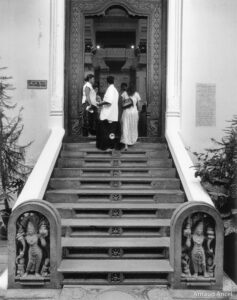Visite guidée
Juin 2003
Un parcours présentant les sites architecturaux d’intérêt historique, ainsi que les lieux de cultes (actuels ou de pélerinage) liés au bouddhisme de grande importance, au Sri Lanka.
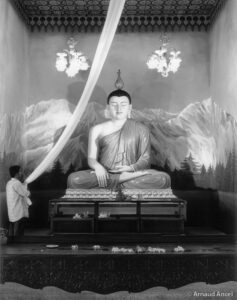
The word Buddha means “awakened one” or “the enlightened one”. Siddharta Gautama, simply known as Buddha, was a sage on whose teachings Buddhism was founded. He taught a Middle Way between sensual indulgence and the severe asceticism (renunciation).
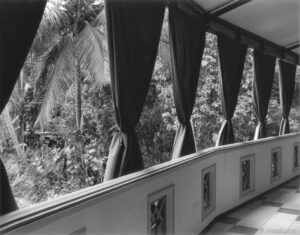
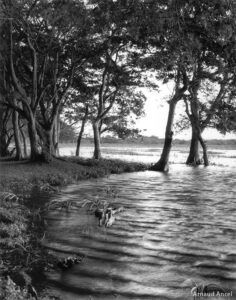
Habarana is a small city situated nearby to the ancient rock fortress and castle ruin of Sigiriya.
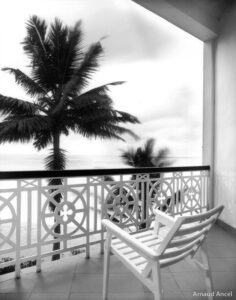
Colombo is located on the west coast of the island, facing the Indian Ocean. Due to its large harbour and its strategic position, and being the largest city of the country, it remains as the commercial capital of Sri Lanka. (Sri Jayawardenepura Kotte is the official capital of Sri Lanka, since 1978.)
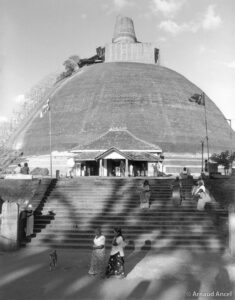
The height of the structure is 122 metres (400 ft). It was the tallest stupa in the ancient time. It remains the largest with a volume of 233,000 m². A stupa (or dagoba) is a hemispherical structure temple containing Buddhist relics, typically the ashes of Buddhist monks, hence used by Buddhists as a place of meditation.

Polonnaruwa is the Medieval capital of Sri Lanka. At the heart of the ancient city, is the Dalada Maluwa (Terrace of the Tooth Relic) popularly known as the Quadrangle which contains some of the oldest and most sacred monuments of the city. The Vatadage was built in order to hold the Tooth Relic or to hold the alms bowl used by Buddha. It is the best preserved example of this type of architecture in the country. Made of two stone decorated platforms, the lower one is entered through a single entrance while the second, with a circular structure, can be accessed through four doorways facing the cardinal points.
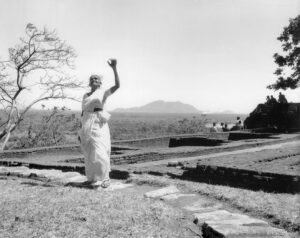
Old woman standing on the middleheight platform, in front of ruins of the ancient city below Kasyapa’s castle.
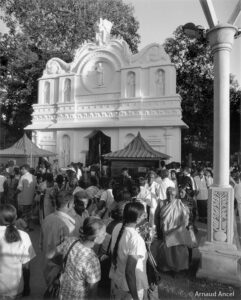
Mihintale is a mountain peak near Anuradhapura. It is believed to be the site of a meeting between the Buddhist monk Mahinda and King Devanampiyatissa which inaugurated the presence of Buddhism in Sri Lanka. Jaya Sri Maha Bodhi is a Sacred Fig tree, said to be the southern branch from the historical Bodhi tree in India under which Lord Buddha attained Enlightenment. It was planted in 288 BC and is the oldest living human-planted tree in the world with a known planting date. Today it is one of the most sacred relics of the Buddhists in Sri Lanka and all over the world.
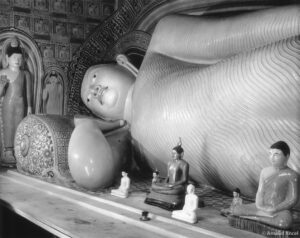
A reclining Buddha is a statue that represents Buddha lying down. It represents the historical Buddha during his last illness, about to enter the parinirvana (nirvana-after-death). He is lying on the right flank, his head resting on a cushion or relying on his right elbow, supporting his head with his hand.
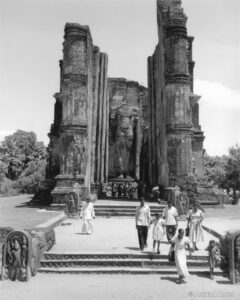
Polonnaruwa is the medieval capital of Sri Lanka. Built in the 12th century, Lankatilaka is one of the ancient buildings standing in the ruins. The walls soar to a height of 55 feet (16 m), enclosing a large but headless statue of the Buddha who stands squashed inside the high, narrow space within.
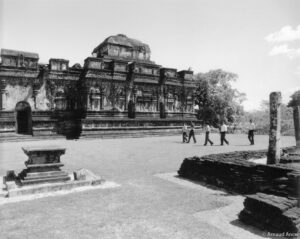
Polonnaruwa is the medieval capital of Sri Lanka. At the heart of the ancient city, is the Dalada Maluwa (Terrace of the Tooth Relic) popularly known as the Quadrangle. There stand different buildings as the Thuparama temple. Inspired from South Indian architecture and built circa 1055-1110, it’s the oldest and one of the best preserved buildings of Polonnaruwa. Roof is completely made out of bricks and walls are about 7 feet (2 m). It is thought that it was built in order to house and protect the Sacred Tooth Relic of Buddha.
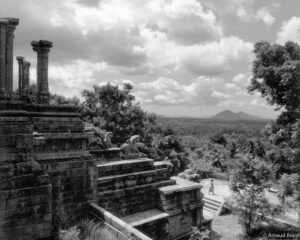
As one of the ephemeral capitals of medieval Sri Lanka, the citadel of Yapahuwa was built around a huge granite rock rising abruptly almost a hundred meters above the surrounding lowlands. In 1272, King Bhuvenakabahu transferred the capital from Polonnaruwa to Yapahuwa in the face of Dravidian invasions from South India, bringing the Sacred Tooth Relic with him. Following the death of King Bhuvenakabahu in 1284, the Pandyans of South India invaded Sri Lanka once again, and succeeded in capturing the Sacred Tooth Relic. Following its capture, Yapahuwa was largely abandoned and inhabited by Buddhist monks and religious ascetics.
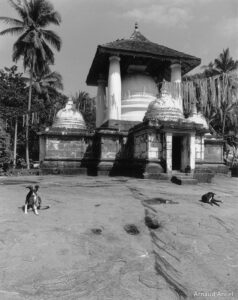
Located in Diggala village, near Kandy, it is a Buddhist temple inspired from South Indian architecture, built around 1344, on a massive rock.
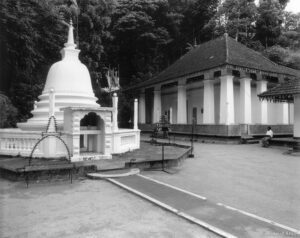
This place is dedicated to teaching the monks.
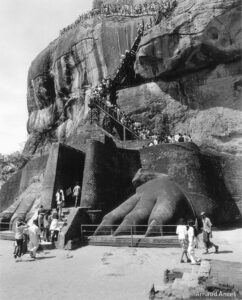
The name of the place is derived from this gateway in the form of an enormous lion. It stands on a small plateau about halfway up the side of a massive column rock nearly 200 metres (660 ft) high. This site was selected by King Kasyapa (477-495 AD) for his new capital, so he built his palace on the top of this rock. The capital and the royal palace were abandoned after the king’s death. It was used as a Buddhist monastery until the 14th century.
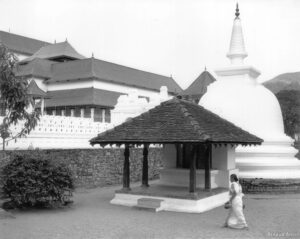
A Buddhist temple located in the royal palace complex of the former Kingdom of Kandy, which was the largest capital of the ancient kings’ era of Sri Lanka. It houses the relic of the tooth of Buddha nowadays.
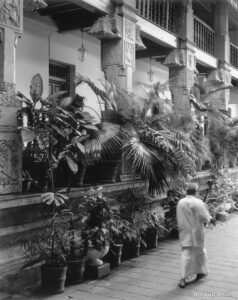

A Buddhist temple located in Kandy which houses the relic of the tooth of Buddha nowadays. Since ancient times, the relic has played an important role in local politics because it is believed that whoever holds the relic holds the governance of the country. Kandy was then the latest and largest capital of the ancient kings’ era of Sri Lanka.
